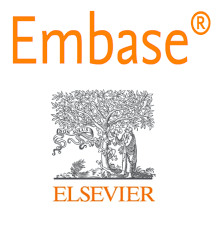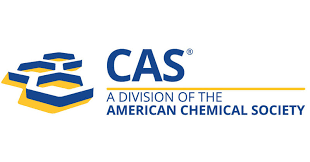Radiological Evaluation of Avascular Necrosis of Bone with Clinical Correlationin Tertiary Care Centre of Purba Medinipur: A prospective observational study
Keywords:
Avascular necrosis, MRI, radiography, bone ischemia, femoral head, radiological imaging, clinical correlation.Abstract
Background: Avascular necrosis (AVN) is a condition resulting from the temporary or permanent loss of blood supply to the bone, leading to bone death and subsequent structural collapse. Objective: 1. To assess radiological findings of AVN using X-ray, CT, and MRI.2. To stage AVN using Ficat and Arlet classification. 3. To correlate imaging findings with clinical symptoms such as pain severity and joint. Early diagnosis is crucial to avoid progressive joint destruction. This research focuses on evaluating AVN using various radiological modalities and correlating findings with clinical presentations. Methodology: Study Design: Prospective observational study. Study Population: 50 patients clinically suspected of AVN (age 20–60 years). Inclusion Criteria: Patients with hip pain, risk factors like steroid use, alcohol intake, trauma. Exclusion Criteria: Infections, malignancies, metabolic bone diseases. Radiological Evaluation: - X-ray: Initial screening. - MRI: Gold standard for early-stage AVN. Results: Radiographic Findings: - 60% showed sclerosis and crescent sign on X-ray (Stage II and above).- MRI detected early AVN (Stage I) in 80% of symptomatic patients with normal X-rays. - CT was useful in detecting subchondral collapse and joint involvement. Clinical Correlation: - MRI grades had stronger correlation with pain severity than X-ray. Conclusion: Radiological evaluation is indispensable in diagnosing and staging AVN. MRI is the most sensitive modality, especially in early stages. Clinical correlation enhances the accuracy of diagnosis and helps in choosing appropriate treatment strategies.
.png)









